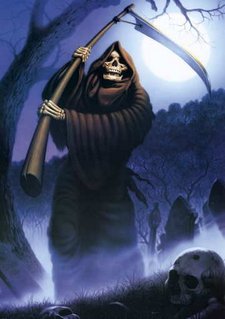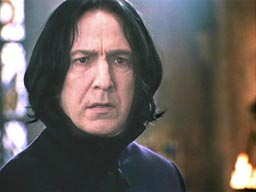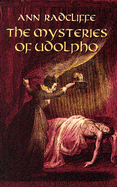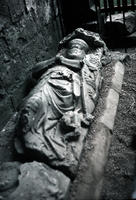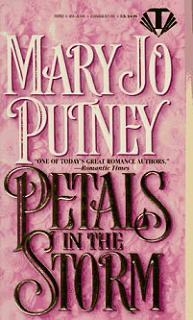My kids started me watching the new Sherlock series from BBC America. It’s a modern retelling of Sir Arthur Conan Doyle’s classic stories. I like it a lot, not just for the cleverness of the adaptation or for the mental puzzles of figuring out who did it and how, more for the characterization and relationship between the brilliant and rather autistic Sherlock (played by Benedict
Cumberbatch) and his more easily relatable friend, John Watson (played by Martin Freeman).
Going backwards in a way I don’t usually do, I am now reading all the original stories. What still interests me most are the relationships between the characters and also the motives of the criminals. Somehow, reading these stories is helping me think about villains, which tends to be hard for me.
A while back there was a test that was purportedly designed to identify psychopaths (this has since been debunked on Snopes). I failed it miserably and although that might be reassuring to my friends and family, maybe it just proves that I have trouble thinking in the same way as the perpetrator of this particular Internet hoax. I know I can’t think about villains as easily as writers of detective stories and thrillers do. Not all villains are psychopaths either, but even so, they may need to be capable of premeditated harm. I think it takes a certain skill for basically decent people to envision that.
Back to Sherlock Holmes. Have you seen the new series and what did you think? I haven’t seen any other film adaptations. Are there any you’d recommend? Did you know that Sherlock Holmes never actually said the words “Elementary, dear Watson”?
What are your favorite sorts of villains either to write or read about? And if you haven’t taken it before, here is a link to the psychopath test. Let us know whether you figured it out!



